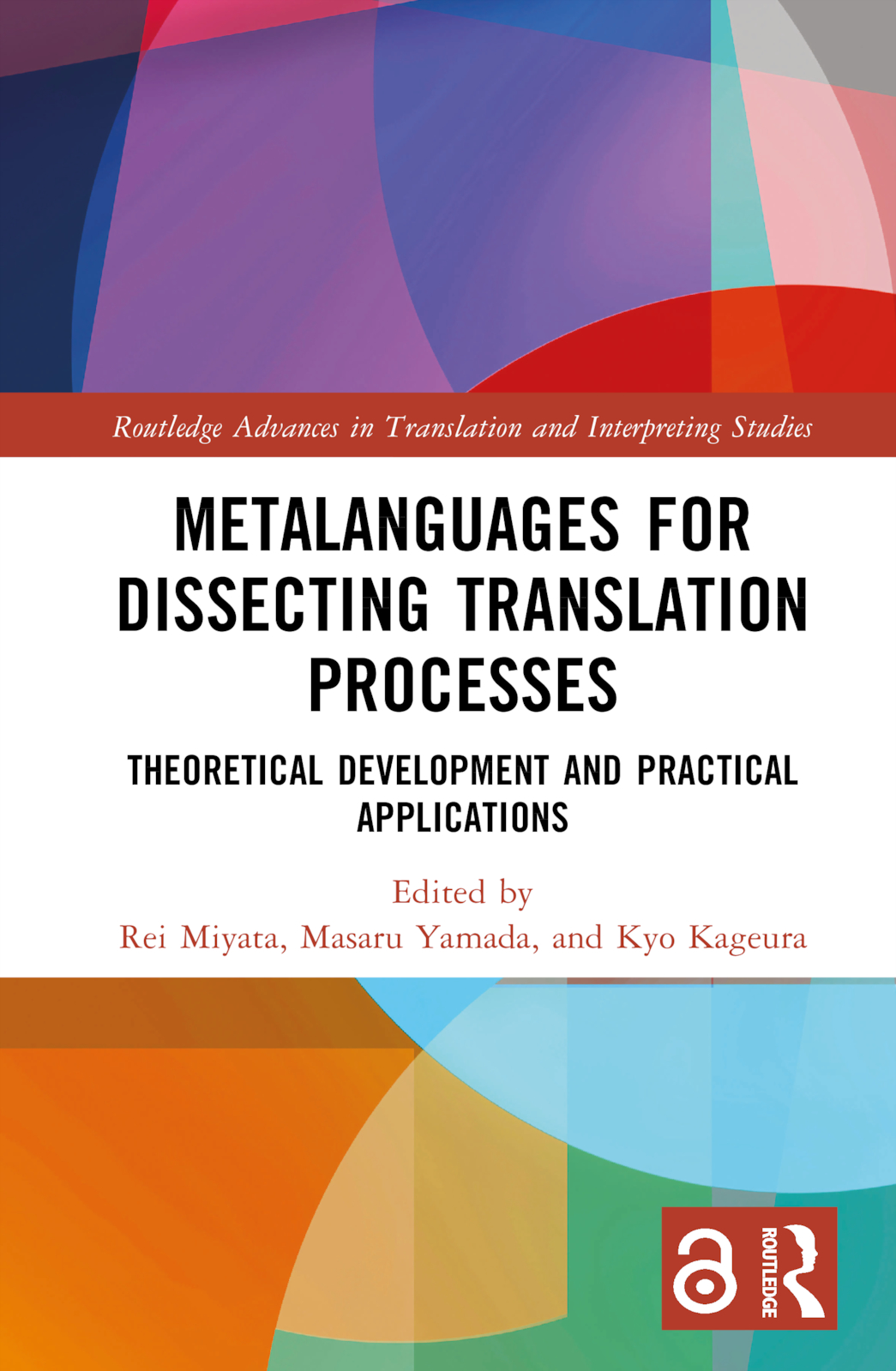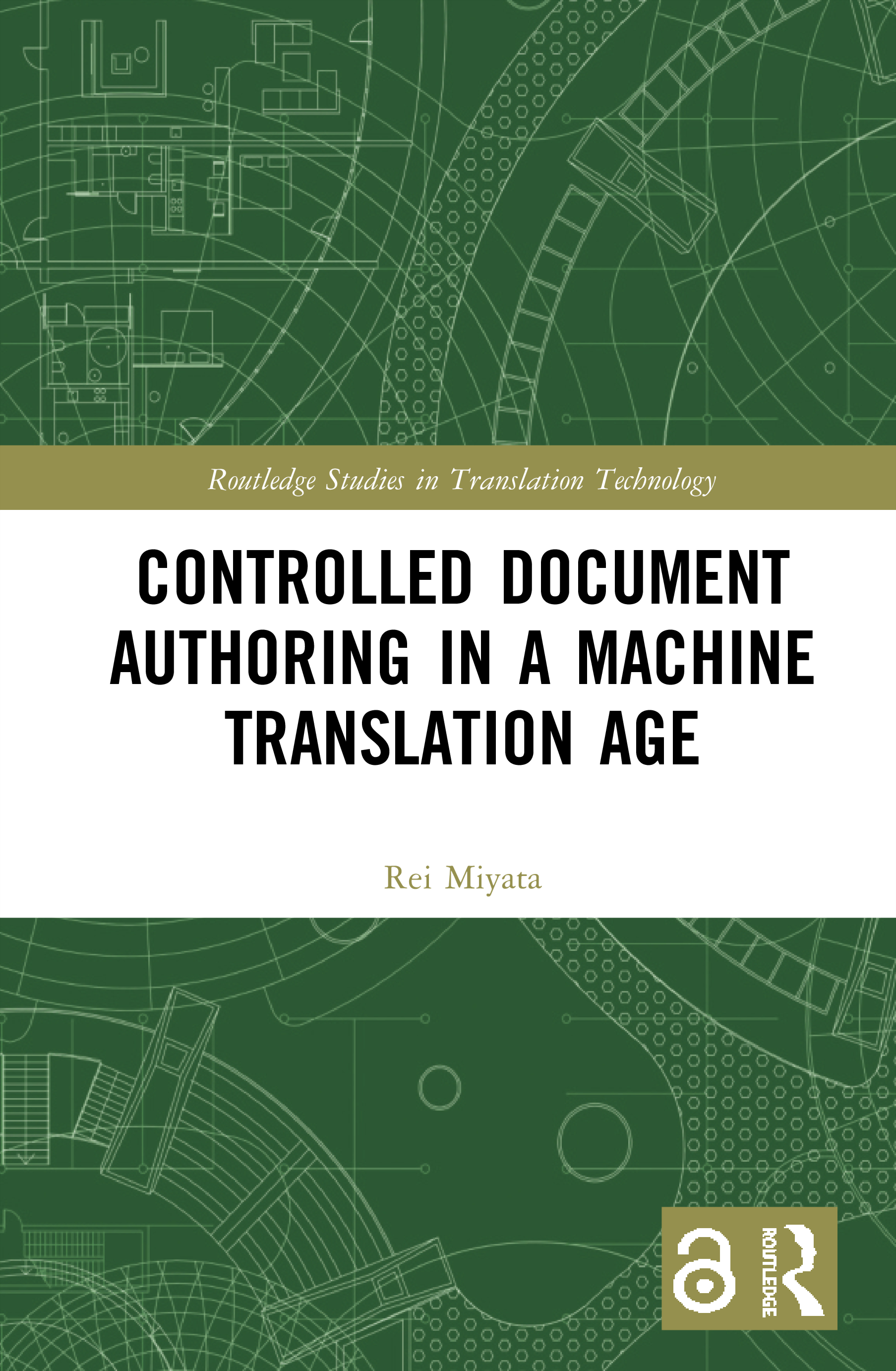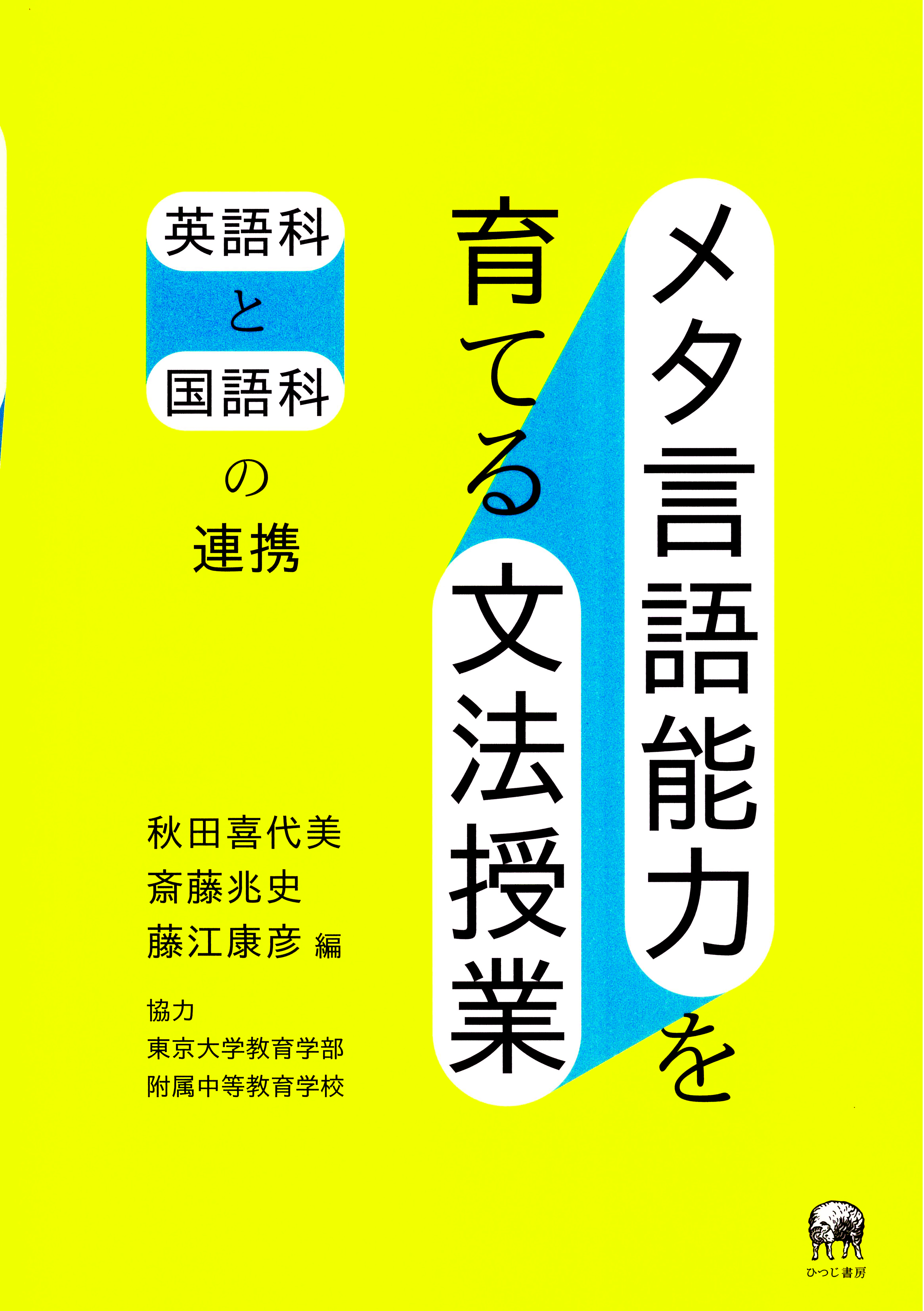
Title
Routledge Advances in Translation and Interpreting Studies Metalanguages for dissecting translation processes Theoretical development and practical applications
Size
264 pages
Language
English
Released
July 06, 2022
ISBN
9781032168920
Published by
Routledge
Book Info
Japanese Page
Modern science has nurtured its understanding of a wide range of phenomena in the form of objectified knowledge, and modern technology relying on this scientific understanding does work that was once the sole domain of skilled human beings. Paradoxically, our scientific understanding of “knowing” remains extremely limited. A very small part of “knowing” was scientifically formulated by the 1930s, but the issue has remained essentially unaddressed since then. Note that, by definition, psychology cannot provide an answer to this issue as it necessarily has to presume that what it deals with is already “known.” As of now, we have no means to distinguish between, for instance, the thing called “reading” and what each person believes “reading” to be.
The great advances in machine translation (MT) were achieved within the end-to-end framework, in which source documents and target documents are provided and machine learning mechanisms “learn” how to connect them. In this framework, we can get by without asking the following questions: (a) What is this thing called “translation,” and what is the procedure for carrying out translation? and (b) What do machines learn in order to carry out "translation" in MT? Vague arguments about human parity or singularity are made amidst this ambiguity. Empirically, discussions of human parity based upon a coarse understanding of translation may well fail to see the very conditions upon which translation is made possible. Logically, it is not possible to judge something that is beyond human intelligence as something beyond human intelligence.
It is possible that neither efforts to improve MT technologies by means of providing both ends with a coarse understanding of translation nor arguments that try to rescue human translation by pointing out individual problems produced by MT, again based on a coarse understanding of translation, grasp the conditions that make translation – that very translation that experienced translators have maintained in human history by their acts of translation – possible in the first place. The techno-social development of translation with an absence of due understanding of translation may lead to the loss of what human beings have nurtured under the name of translation, even without so recognising. What is essential in this situation is not to protect expert translators as an endangered species, but to establish scientific knowledge about this thing called translation that deserves to be called translation. To establish such knowledge, we need to first invent means that enable us to explore that knowledge.
This book is a systematic compilation of work carried out against this backdrop in JSPS Grant-in-Aid (S) Project (19H05660). It deals with the development of metalanguages that enable us to systematically understand and talk about translation, applications of these metalanguages, and their connection with technologies. The subject topic is translation, but the book will be of interest to those who share the same background question described here, i.e. How can we develop scientific understanding of understanding?
(Written by KAGEURA Kyo, Professor, Graduate School of Education / 2022)
Table of Contents
Part I. Translation Knowledge and Metalanguages
2. Metalanguages and Translation Studies Kyo Kageura, Rei Miyata, and Masaru Yamada
3. Overview of Metalanguages and Translation Processes Masaru Yamada and Nanami Onishi
4. Metalanguages in Translator Education Hui Piao, Masaru Yamada, and Kyo Kageura
Part II. Core Sets of Metalanguages
5. Metalanguage for Translation Project Management Nanami Onishi and Masaru Yamada
6. Metalanguages for Source Document Analysis: Properties and Elements Rei Miyata and Takuya Miyauchi
7. Translation Strategies for English-to-Japanese Translation Mayuka Yamamoto and Masaru Yamada
8. Designing a Metalanguage of Translation Issues Atsushi Fujita, Kikuko Tanabe, and Chiho Toyoshima
9. Metalanguage for Describing the Effects of Revisions Rei Miyata and Takuya Miyauchi
Part III. Practical and Pedagogical Applications
10. Modeling the Process of Translation using Metalanguages Masaru Yamada, Kyo Kageura, and Rei Miyata
11. Implementing and Validating a Metalanguage of Translation Issues in Translation Education Atsushi Fujita, Kikuko Tanabe, Kaemi Tanaka, and Mayuka Yamamoto
12. Incorporating the Source Document Property Metalanguage for Translation Education Hui Piao and Kyo Kageura
13. MNH-TT: A Translator Training Platform that Incorporates Metalanguages Kyo Kageura, Takeshi Abekawa, and Masaru Yamada
14. Managing Clients’ Expectations for MTPE Services Through a Metalanguage of Translation Specifications: MPPQN Method Akiko Sakamoto and Masaru Yamada
15. A Customisable Automated Quality Assurance Tool: Case Study of Use in English-to-Japanese Patent Translations Junya Nitta
16. Natural Language Processing Techniques for Translation Atsushi Fujita



 Find a book
Find a book


 eBook
eBook
